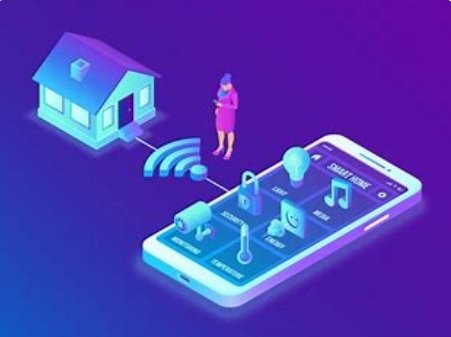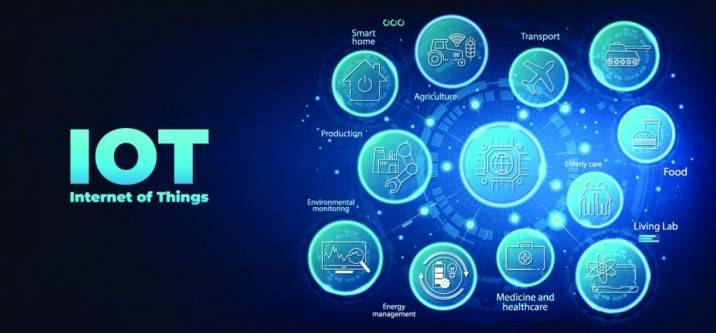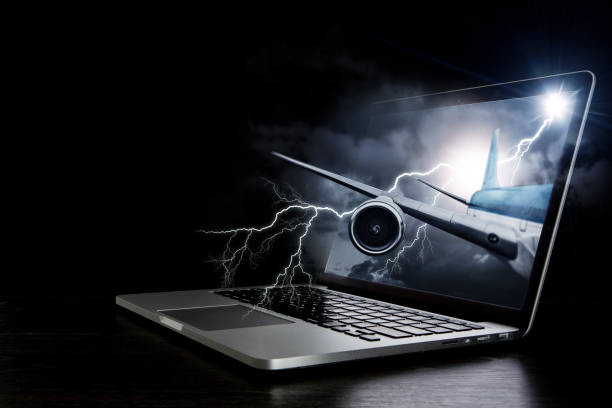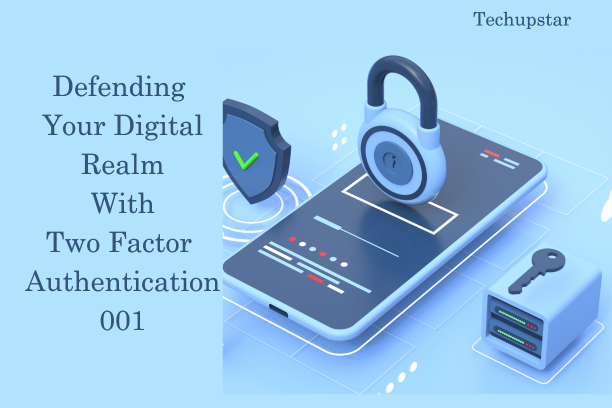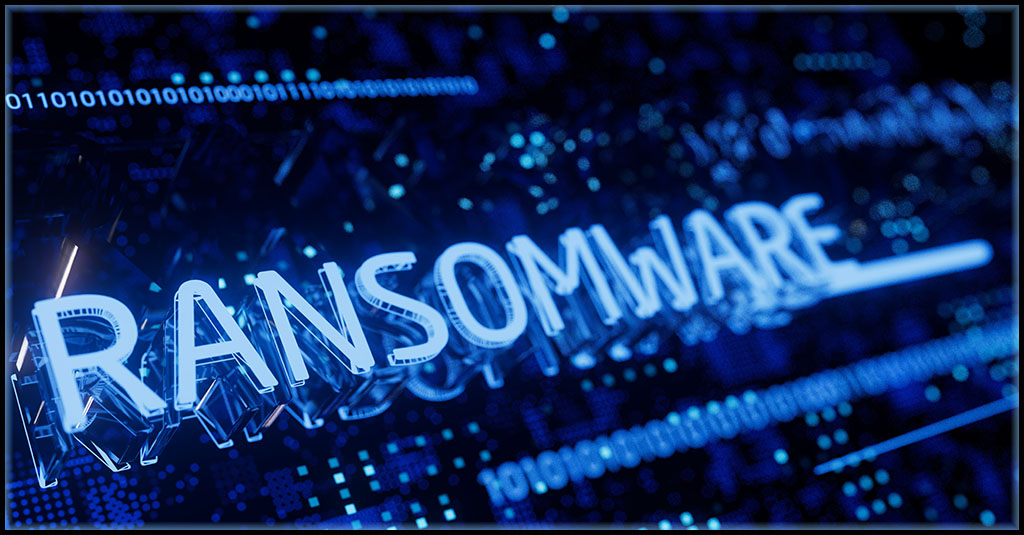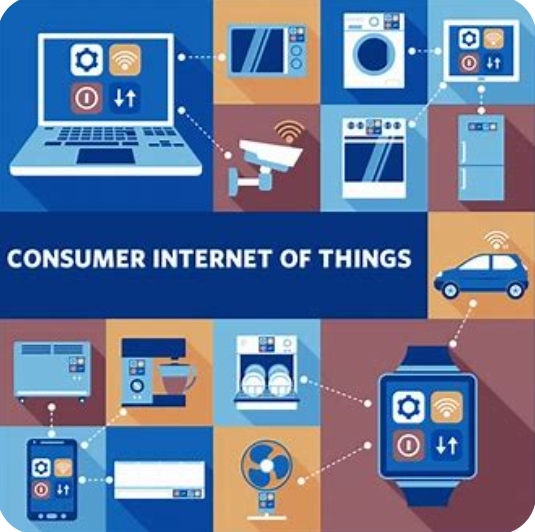
Are there limitations to using consumer IoT products in our tech-friendly world? We, humans, are becoming more and more technology reliant. We hardly want to do anything for ourselves these days all on the premise of technology and The internet of things (IoT).
We hope to live in a world where tasks could be quickly achieved whether at home, the office, or school. Everyone seems to want to be in the know of what’s new in technology.
Meanwhile, technology has never fallen short to introduce new breakthroughs. With the advent of Artificial Intelligence, machine learning, robotics and the Internet of Things, anything seems to be achievable.
Our focus in this article is to know the challenges tech marketers and vendors (i.e supporters) could possibly face in supporting Consumer IoT products. Firstly, we need to define our terminologies.
What is Consumer IoT?
IoT refers to the connection of devices with systems, objects and other physical things with embedded sensors for the purpose of exchanging data with them over the internet.
When the physical things connected to devices are consumer goods e.g phones, cars, and coffee makers, it is known as the Consumer Internet of Things (Consumer IoT).
Read more: Samsung GalaxyS24 series – Explore the features of GalaxyS24 ultra Ai.
What is a Consumer IoT Product?
Consumer IoT product is the integration of IoT into regular consumer devices, systems, and home office-based products. The following are various examples of consumer IoT products across the United Kingdom: particle photon Wi-Fi with headers, Google home voice controller, Amazon echo plus voice controller, Logitech harmony universal remote and WeMo insight smart plug.
In addition to these consumer IoT products we also have the August doorbell cam, Kuri mobile robot, Footbot air quality monitor, Amazon dash button, August smart lock and NETGEAR Orbi ultra-performance whole home mesh Wi-Fi system.
Let’s take a quick look at the benefits of these consumer IoT products in our ever-evolving world.
Benefits of Consumer IoT Products
The Internet of Things is quite transforming our homes, offices, cars, roads, cities and our breakfast. Below is a list of the benefits of using Consumer IoT products:
- Cost efficiency
- Time management
- Business automation processes.
- Less human involvement
- Tracking
- Owner’s control and privacy
- Monitoring
- Accessibility
- Information
- Data collection
- Security
- Smart offices and homes

What harm could iot device bring
It is obvious that the Internet of Things iot have many Advantages it offers to humanity, but at the same time, it also has its harms and disadvantages.
But most times the harm was neglected or many don’t yet know the harm this of iot.
It is more important to be aware of iot harm and advantages.
Below are the harms of IoT to humanity
Destruction of property: lack of maintenance or inadequate handling of iot may lead to the destruction of properties.
Privacy Invaders: some of these IoT collect users’ data and personal information related to the user, if the collected information reaches the wrong hand it may cause unexpected problems for the user
Cost money: Internet of Things products cost money, you have to spend a certain amount of money to get them for home or office use.
Most times if you don’t know how to set it or install it on your home you may also need to hire an expert who can help you to install it, hiring someone will cost some money to you.
Most of this iot needs to be maintained for it to keep working or work efficiently, maintaining it may also cost you a lot of money.
IoT dependency: The presence of IoT products and devices has made many people solely depend on it.
Most people can no longer carry out tasks by themselves without involving the use of IoT.
If a malfunction of these iot occurs it will lead to great problem because people solely depend on it.
Read more: Cool Tech Gadgets For Tech Lovers (Under $50)
What Are the Possible Challenges You Could Face in Supporting Consumer IoT Products?
Tech marketers, retailers and other vendors keep the spotlight on consumer IoT products. As they do, they face challenges delivering on the promise of consumer Internet of Things products. The challenges include:
Product Branding
Customers want a unique experience associated with their use of products. Think Nest, Amazon Alexa, Google Home, Samsung Smart Things, and Apple Pod, to name but a few. These products come with a sense of authority, affluence and friendliness.
Hence, tech marketers and vendors might find it challenging to meet customer expectations based on these qualities with consumer IoT products especially as they are new and may involve expertise to automate customer lives in some way. These IoT products need to consider connectivity, data optimization, and easy integration into human processes.
Read more: Mastering The Mini DV Player On Canon CA920 Camera! (Full Guidance)
Customer Experience
Consumer IoT product is more than a technical solution. It must deliver on the product promise. Meanwhile, today’s product users are less patient and want the best experience with the use of products. The common cliche, it’s better to under-promise and over-deliver is very relevant. Many consumer IoT supporters have learned this the hard way, with the Internet of Things products failing often and leaving customers bewildered.
When customer experience doesn’t match expectations with the product, it can lead to far-reaching challenges of lost productivity, and a negative reputation. Another issue with the consumer experience is their tech savviness. Not all customers can differentiate the use of buttons or do a proper device connection. They need assistance one way or the other. This could increasingly stress out vendors and tech markers supporting consumer IoT products.
Scalability
Consumer IoT products must have the ability to support an increasing number of other connected devices without any degradation of service. The challenge here for supporting consumer IoT products is how you can be sure that your customers will find the newly purchased IoT product scalable with their previous home devices.
Maintenance
Maintenance for IoT products is a challenge. Consumers must understand their products in order to optimize their use and anticipate when failure or error begins to occur. The costs associated with keeping the product in good shape may be expensive. Discovering product faults also could be frustrating for consumer IoT products.
The durability of these gadgets, products or devices depends on proper maintenance culture which could be tasking for customers.
High Competition
With the strong competition in the IoT market, customers whose expectations aren’t met won’t hesitate to go elsewhere. This is a prominent challenge for those supporting IoT products. Businesses seeking to launch into looking this competitive and innovative sector should be prepared to keep a market that never settles, always yearning for more smarter and advanced experiences.
New Technology Complex Ecosystems
Consumer IoT product is an emerging market. New technology as such often lacks a consistent and universal ecosystem. This poses a connectivity challenge which in turn challenges supporters of consumer IoT products.
Security Threat
In cybersecurity generally, IoT devices greatly increase the number of potential areas for cybercriminals to penetrate to secure a network. Most consumers lack adequate awareness and education regarding the risks of having IoT-connected personal devices. This poses a significant challenge as many IoT devices have default passwords left unchanged and other major security vulnerabilities.
Read more: Best WordPress Plugin For Facebook Pixel 2024
Performance Tracking and Monitoring
Supporting the purchase of consumer IoT products is not the problem, the challenge you find for supporting is the cost and scope involved in monitoring products. Although this depends on the type of product. For instance, a smart TV needs a higher monitoring system compared to an IoT wristwatch.
Other areas related to the tracking and monitoring challenge for Consumer IoT supporters are expanding the network, integrating new devices, speedy resolution when identifying problems and delivering a solution.
Insights & Future Trends of the IoT Industry
Reports say 75.44 billion devices will have global connections by 2025. The 5G-enabled networks will fuel massive growth for IoT devices. Faster network connections will expand the operational capabilities of IoT-connected devices. Increasingly, breakthroughs will cut off limitations between the real and the digital world
